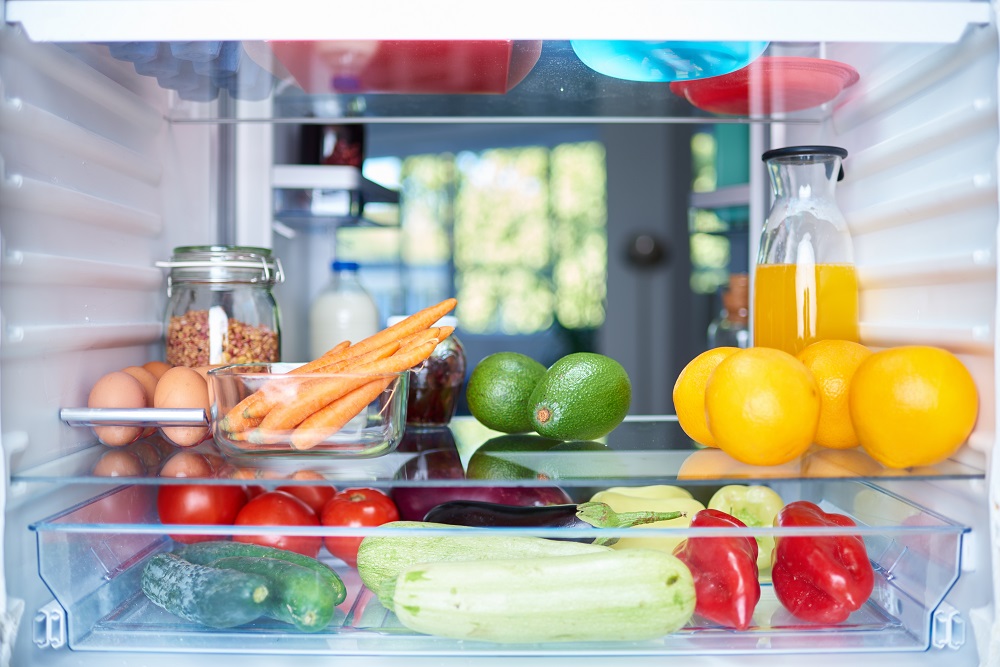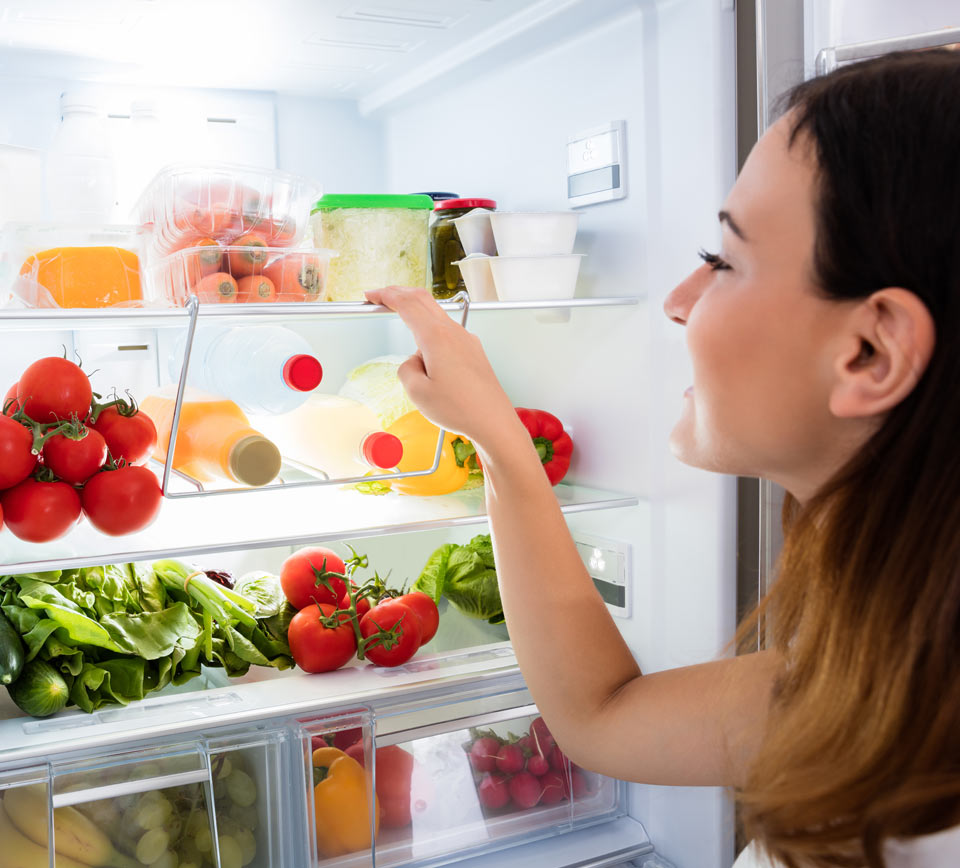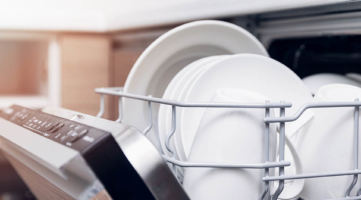What fridge size do I need?
The fridge is one of the unsung heroes of our kitchens, working night and day to keep food fresh, so it’s important to choose the right size you need.
When you come to replace the old workhorse fridge/freezer that’s helped to keep you and your family stocked with bacteria-free nourishment, there are a few key things to bear in mind.
It might seem a little strange but fridge/freezer capacity is measured in litres, and If you have a hard time visualising what that means in terms of what you would be able to store, a handy rule-of-thumb is that 18 litres is equivalent to a standard bag of shopping.
So, if you are a small household, a compact fridge/freezer with up to a 150-litre capacity should be enough to let you store around 8 shopping bags worth of food and drinks. For some people, the freezer compartment is often little too small so a workaround if you have limited space, is to invest in two separate units, stacking the fridge on top of the freezer.
350 litres capacity
If you are part of an average family, then choosing a fridge freezer with up to 350 litres capacity is a good bet. These models will take up to 19 shopping bags of food. It might that you freeze a lot of produce, in which case investing in a separate freezer unit of 350 litres capacity could be a good solution, if you have the space.
Then for larger households, the bigger the better! And having a separate chest freezer is a good choice for those of you who stock up well in advance and like to freeze home cooking, supermarket bargains and other foods. Chest freezers range from 95 litres to 400 litres.
If you plan to buy a standard tall fridge freezer with a single door, then before you purchase make sure you have accurately measured the space available, and that the door can open with no obstructions.

Fridge freezer size
Manufacturers seem to have settled mainly on a range of three sizes for fridge freezers and standalone tall freezers, with models on offer measuring 50cm, 55cm and 60cm widths. But there are also some popular makes of fridge freezers, that can measure up from 74cm to 92.5cm wide. particularly the American style models. These can offer 400- 580 litres capacity.
Tall fridge freezers tend to range between 143-200cms in height and most have a standard depth of 55cm. If you decide to go with a model that fits under the worktop, which should save space, these will usually measure 85cm or less and 55-60cm wide.
Fridge freezer checklist
- Is the fridge/freezer a “frost-free” model? These circulate cold air continuously which means that you need to defrost only once every 5 years on average.
- If your choice of model has “Total No Frost” technology, which distributes air evenly in both your fridge and freezer, it stops ice building up so you will never have to defrost manually.
- Your fridge freezer should have a multi-flow air system which evenly spreads cool air and helps to keeps your appliance hygienic
- Check for adjustable shelves, door storage and dedicated drawers to store meat and other bulkier food items in their own compartments at the right temperatures.
- Does it have LED lighting? This is much brighter and energy efficient than standard fridge lighting and will save electricity.
- Is there an anti-bacterial feature? This reduces build-up of any mould or bacteria and removes more odours, so food is fresher for longer, cutting down waste.
All these together should help to save energy, with lower bills, and keep the unit working to maximum efficiency.
Will it fit?
That retro fridge freezer looks beautiful online and might be perfect in your kitchen but take time to double check that the delivery crew can get it through all the doors and other obstacles. Big and bulky chest freezers can be a challenge so a bit of planning, preparation and measurement should make sure they will fit where you want them to go.
Most models have reversible doors, with right and left-hand hinges so that you can refit the fridge or freezer door to the opposite side for obstruction-free access.
Before the new unit arrives just check that you have a consistent temperature where it’s going to be used so that it can function at maximum efficiency. And allow for ventilation on either side of your appliance, leaving 5cm space at the sides and back, to prevent overheating.

What’s the energy rating?
Your fridge freezer is one of the biggest consumers of electricity in your home – not surprisingly, given that it’s on 24/7/365 – so, it’s worth choosing one with a good energy rating. These range from B (less efficient) to A+++ energy efficiency ratings. The better the rating, the less energy you will use, although it’s true that there is only a marginal difference between an A++ model and an A+++ one. Check out the choices here.
What’s the best temperature?
To keep your food and drinks in best condition, you can set your fridge compartment to 0°C-5°C and your freezer to between –18°and – 20°C. It’s good to store butter, cheese, and sauces on the top or centre shelves, with the middle shelves used for fruit, left-overs, cooked meats, pizzas and other heat-and-eat food.
It’s best to keep fish, seafood and raw meat on the bottom shelf or the chill compartment, if you have one, while bottled drinks, fruit juice, condiments, eggs and jam can go in the door racks.
Holiday help
Some top models feature a “holiday mode” that saves energy when you’re away. This feature maintains the bare minimum temperature in your freezer compartment and disconnects the cooling apparatus in your fridge – so make sure you clear the food. Also, some freezers have a “fast freeze” mode that rapidly lowers the temperature when you add freshly prepared or un-chilled items. This helps to keep your frozen food fresh for longer.
